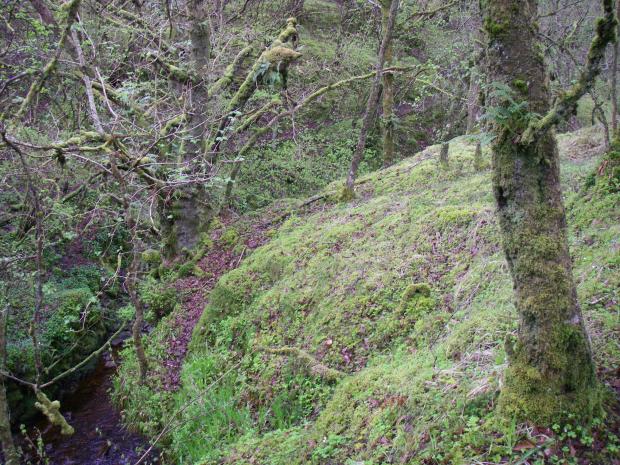
This site is of special scientific interest because it displays one of the best examples in the Sperrins of the natural succession from open heath to mature woodland. The woodland, although small in extent is a fine example of an acid oak wood, exhibiting a high degree of naturalness throughout. It extends along both sides of a narrow, deep glen, grading into wet heath along its upper reaches. The woodland is composed of stunted but mature sessile oak canopy with frequent downy birch and rowan. The open understorey is dominated by hazel with regenerating canopy species, and occasional goat willow, holly and hawthorn.
The ground flora is typical of calcifuge (plants that prefer acid to alkaline soils) woodland and is characterised by a predominance of bryophytes and an abundance of purple moor grass, bilberry and greater wood-rush.
Related articles
- ASSI Guidance for Public Bodies/Competent Authorities
- Coastal Areas of Special Scientific Interest
- Conservation Management Plans (CMPs)
- European Marine Sites - Marine Special Areas of Conservation and Special Protection Areas
- Introduction to Conservation Management Plans (CMPs) for Northern Ireland’s Special Areas of Conservation
- Marine Conservation Zones
- Marine Protected Areas
- Marine Ramsar sites
- Portrush Coastal Zone
- Special Areas of Conservation
- Special Areas of Conservation for Harbour porpoise
- Special Protection Areas
